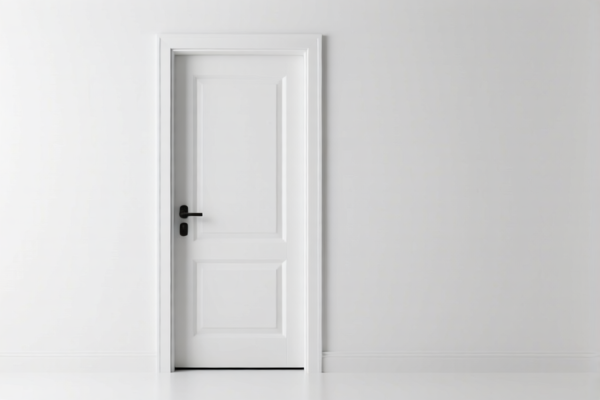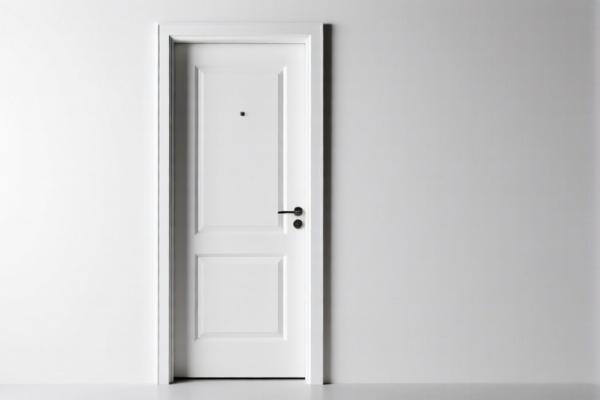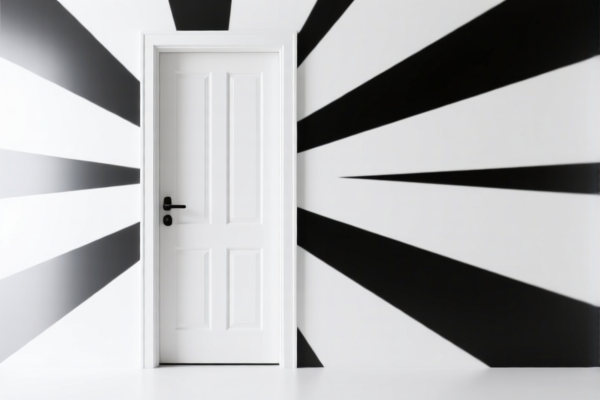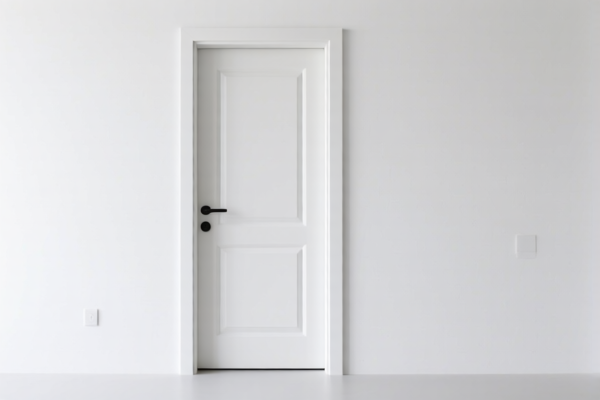| HS Code | Official Doc | Tariff Rate | Origin | Destination | Effective Date |
|---|---|---|---|---|---|
| 3916905000 | Doc | 60.8% | CN | US | 2025-05-12 |
| 3916903000 | Doc | 61.5% | CN | US | 2025-05-12 |




Cat Door
A cat door, also known as a pet door, is a hinged panel or flexible flap installed in a door or wall to allow a cat (or other small pet) to enter or exit a building without assistance from a human.
Materials
Cat doors are constructed from a variety of materials, influencing their durability, insulation, and price point:
- Plastic: The most common and affordable material. Suitable for basic needs and moderate climates. Less durable and provides minimal insulation.
- Metal: Typically aluminum, offering increased durability and resistance to damage. Often used in conjunction with plastic flaps.
- Magnetic: Incorporate magnets to create a tighter seal, reducing drafts.
- Glass/Acrylic: Used for high-end doors, often integrated into glass doors or walls. Provide visibility but can be more expensive and prone to scratching.
- Wood: Less common, often found in custom-built doors.
Purpose
The primary purpose of a cat door is to provide independent access for a cat to the outdoors or to different areas within a home. This offers several benefits:
- Convenience: Eliminates the need for constant opening and closing of doors for the cat.
- Cat Freedom: Allows cats to relieve themselves, explore, and access food/water stations without human intervention.
- Reduced Stress: Some cats experience anxiety when denied outdoor access; a cat door can alleviate this.
- Litter Box Alternative: Can allow outdoor cats access to a yard for waste elimination, reducing reliance on litter boxes.
Function
Cat doors function by allowing a cat to push through a flexible or rigid panel.
- Flap-based: A hinged flap made of plastic, rubber, or vinyl allows passage when pushed, and automatically closes behind the cat.
- Panel-based: A rigid panel slides up, to the side, or rotates to allow access.
- Smart Doors: More advanced models utilize sensors (RFID, Bluetooth, or camera-based) to recognize a specific pet's microchip or collar tag, allowing only authorized animals to enter or exit. These often include features like time-based access control and activity monitoring.
Usage Scenarios
- Interior Doors: Allow access to separate rooms (e.g., laundry room, basement, spare bedroom).
- Exterior Doors: Provide access to yards, patios, or gardens.
- Garage Doors: Allow cats to enter/exit the garage.
- Walls: Can be installed directly into walls, requiring more extensive installation.
- Multi-Pet Households: Smart doors are particularly useful for controlling access for multiple pets.
Common Types
- Basic Flap Door: The most affordable and simplest type.
- Magnetic Door: Offers a tighter seal to reduce drafts.
- Infrared/RFID Door: Uses a sensor to detect a pet's microchip or collar tag.
- Bluetooth Door: Controlled via a smartphone app, allowing remote access control and activity monitoring.
- Camera Door: Features a built-in camera for remote viewing and identification of animals.
- Dual-Flap Door: Offers increased insulation and security by using two flaps.
- Large/Extra-Large Door: Designed for larger breeds or multiple pets.
- Self-Closing Door: Automatically closes after a pet passes through.
The declared goods are a cat door, which is a device allowing cats to pass through doors, walls, or other barriers. It is typically made of plastic and functions as an access point for pets.
According to the provided reference material, the following HS codes may be relevant:
- 3916905000: This HS code covers monofilament of which any cross-sectional dimension exceeds 1 mm, rods, sticks and profile shapes, whether or not surface-worked but not otherwise worked, of plastics: Of other plastics: Other: Other. This could apply if the cat door is constructed from plastic rods, sticks, or profile shapes. The basic duty is 5.8%, with an additional 25.0% tariff, increasing to 30.0% after April 2, 2025, resulting in a total tariff of 60.8%.
- 3916903000: This HS code covers monofilament of which any cross-sectional dimension exceeds 1 mm, rods, sticks and profile shapes, whether or not surface-worked but not otherwise worked, of plastics: Of other plastics: Other: Monofilament. This could apply if the cat door is constructed from plastic monofilament. The basic duty is 6.5%, with an additional 25.0% tariff, increasing to 30.0% after April 2, 2025, resulting in a total tariff of 61.5%.
According to the provided reference material, the HS code options related to 'cat door' are limited, with only the following 2 found.
Customer Reviews
No reviews yet.